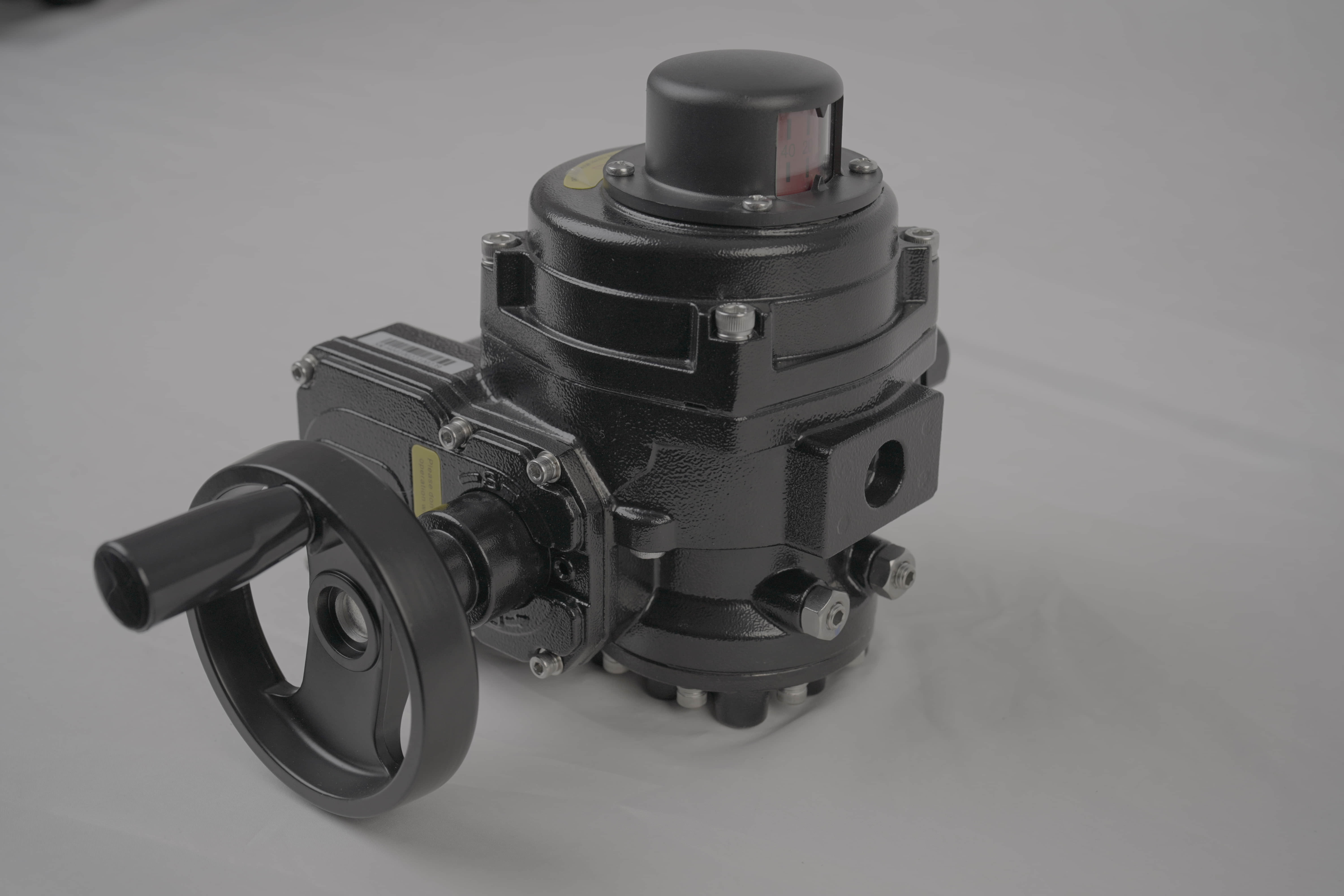
Lithium batteries have revolutionized the energy storage landscape, powering everything from smartphones to electric vehicles. Among the various components that ensure their safe and efficient operation, lithium battery valves play a crucial role. These valves are essential for managing pressure within the battery cells, contributing to both safety and performance. In this article, we will delve into the significance of lithium battery valves, their types, and their ultimate impact on battery technology.

At the core of any lithium battery is the need for effective pressure management. During operation, batteries can generate gases due to electrochemical reactions, particularly when they are overcharged or subjected to high temperatures. If this gas is not released, it can lead to a dangerous increase in internal pressure, potentially causing leaks or even explosions. This is where lithium battery valves come into play. They act as safety mechanisms that release excess pressure, ensuring that the battery operates within safe parameters.

